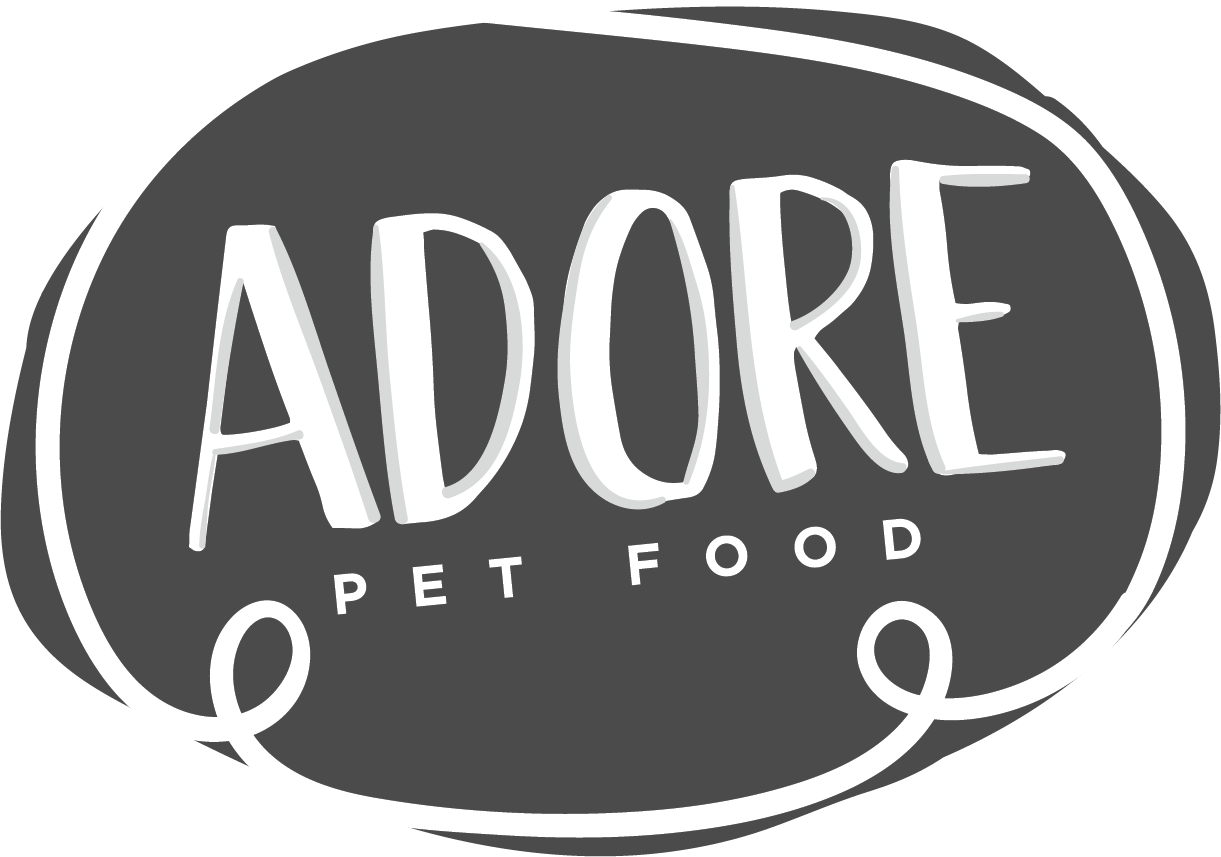One of the most common questions asked to veterinarians, breeders, groomers, or other pet experts is “how do I choose a dog/cat food?”. There are SO MANY brands out on shelves, most of them LOOK great. They have beautiful packages, their ingredient lists sound great, their claims are wonderful…but how can you know about what is IN the package?
It is impossible for any pet care professional to know about ALL of the products out there – there are new diets and new brands being launched every day. There are some reliable ways to evaluate products, though. One of the most important parts of a product is WHO formulated the diet? One of the first steps in creating a diet is the formulation. The formulation is both a “recipe” for what ingredients will go into the diet, but also a prediction on what nutrients those ingredients will provide. For example, a diet that is made up of 26% chicken might then provide 80 g of protein per 1000 kcal consumed. There are no “rules” on who formulates diets. Most companies use the same base software, and the formulator might be a company employee with pet food experience, or a veterinarian, or a PhD nutritionist. Although each of these people will work hard to create the best diet they can – there will be a significant range in expertise and nutrition knowledge.
So – step one of deciding “Is this is good food?” is finding out who formulated it. Some companies will list this information, some will provide it when you reach out to them, some won’t tell you…if you can not find out who formulated the diet or their credentials then this is likely NOT a diet you want to feed your pet.
The next step in creating a new diet is to run a test run of the formula – it may look great on paper, but will it translate into a kibble that can be made well? (i.e. can that kibble be consistently produced) Will it be palatable? Will it provide the nutrition to the pet that the formulation predicts? The next critical step in deciding if a diet is “good” is learning what testing was done in creating the diet, and ongoing to ensure consistent nutrition – join us for Part 2 to discuss pet food testing!
